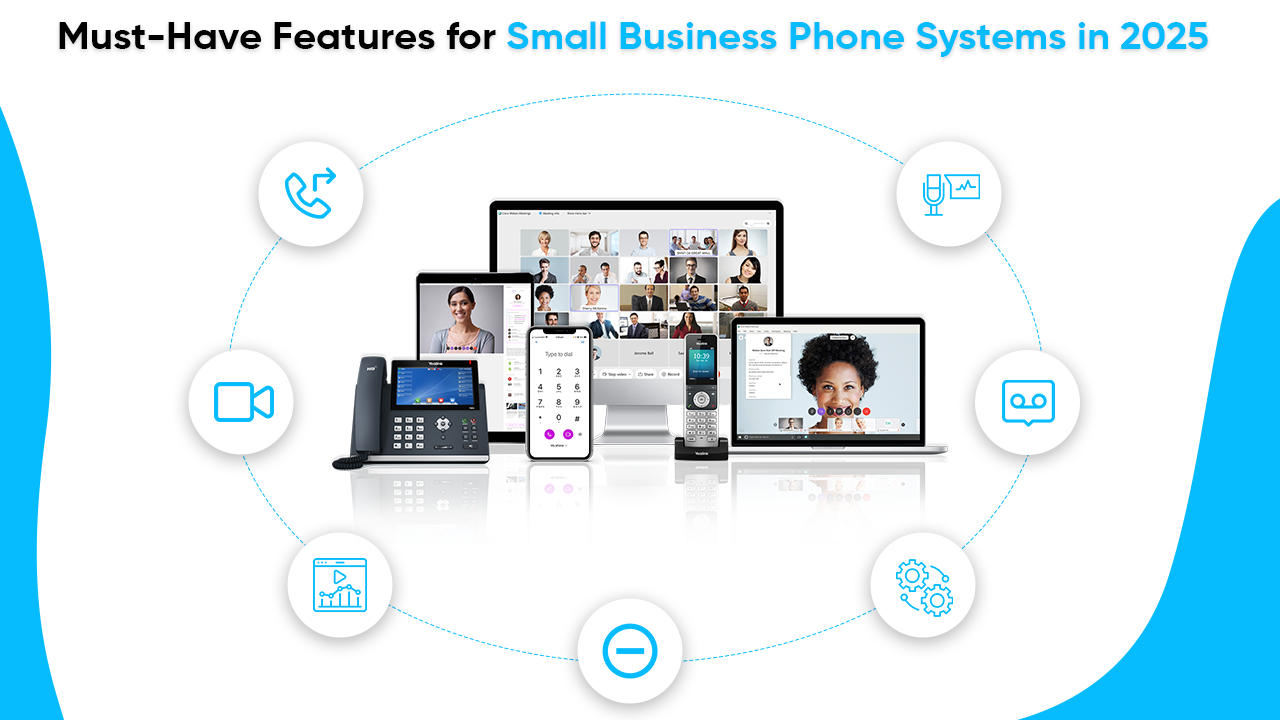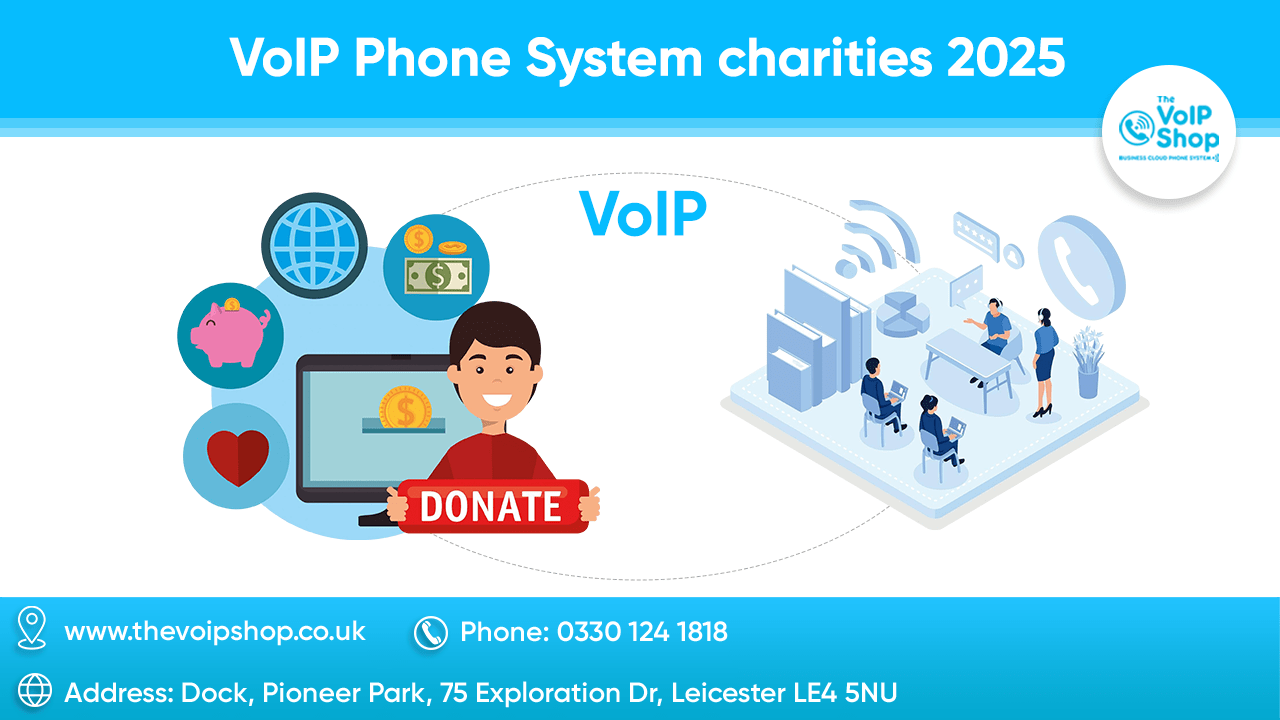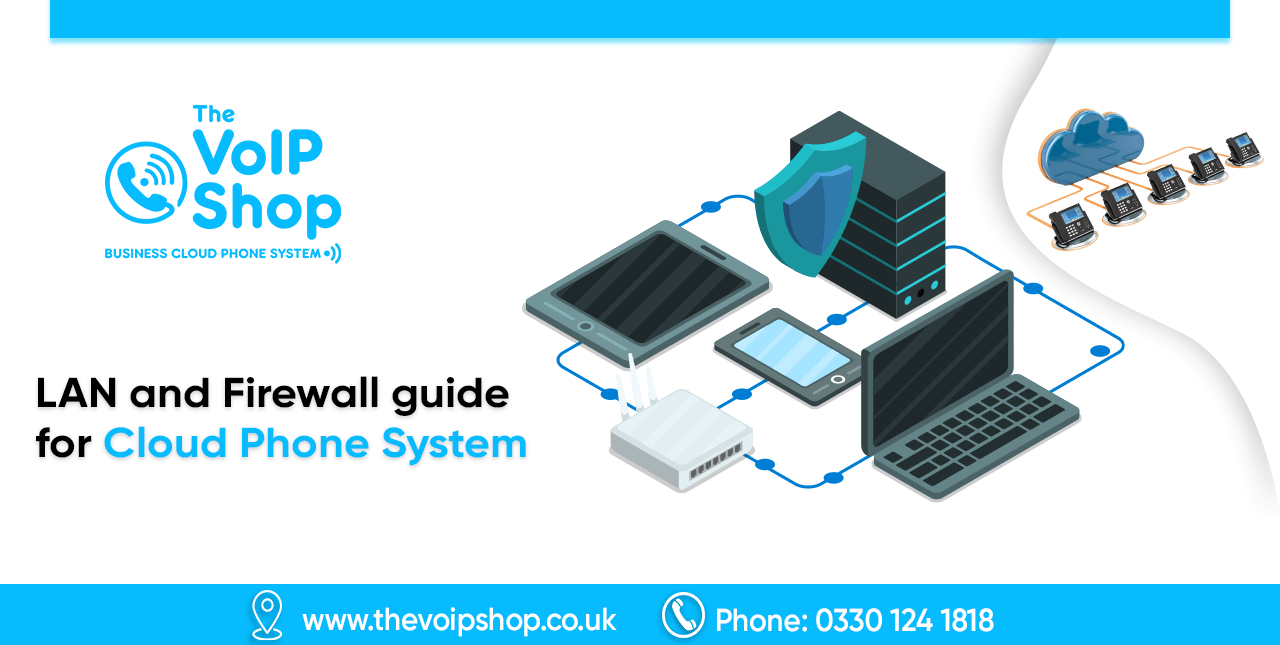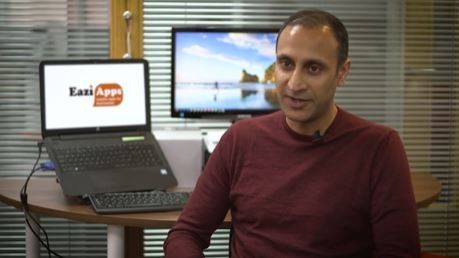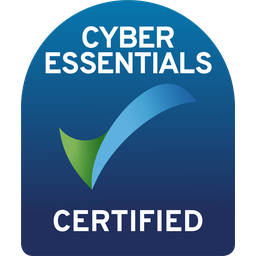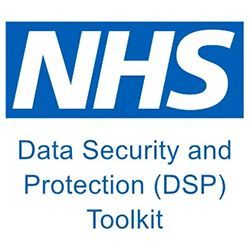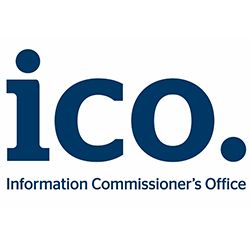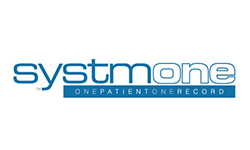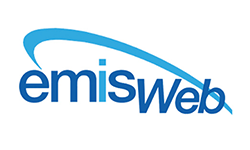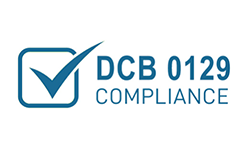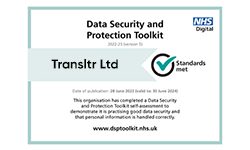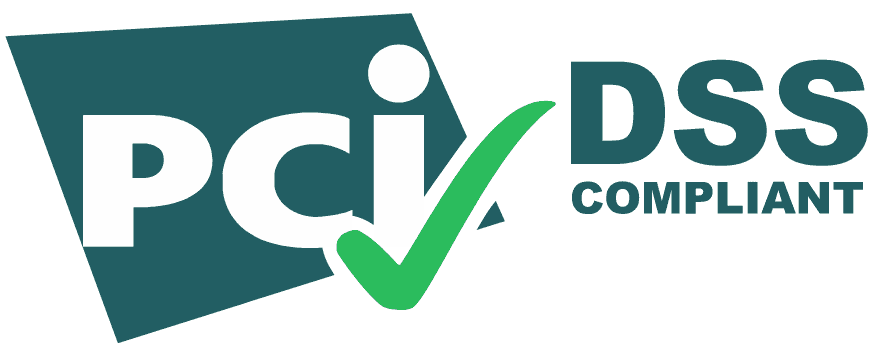PSTN Switch Off 2027: What It Means for You and How to Prepare
The PSTN switch off in 2027 is more than just a technological change; it affects everyone’s communication. Follow this guide to learn how you can transition smoothly to VoIP and SIP solutions.
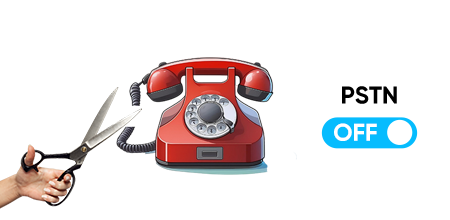
The Public Switched Telephone Network (PSTN), which has been the backbone of UK telecommunications for decades, is set to be fully switched off by January 2027. This transition marks the end of traditional landlines and the beginning of a new era where all communication services will be digital, delivered over Internet Protocol (IP) networks. For businesses, this change isn’t just a technical upgrade; it’s a pivotal shift that requires careful planning to ensure a smooth transition and continued operational efficiency.
Whether your business relies on voice calls, broadband, or other PSTN-based services like alarms and payment systems, the switch-off will impact your daily operations. As Openreach continues to roll out full fibre networks across the UK, now is the time to understand what this switch-off means for your business and how you can prepare.
Prepare Your Business for the Future: Transition to VoIP Today!
Understanding the PSTN Switch Off
The PSTN switch-off marks a significant shift in the UK’s telecommunications landscape, affecting businesses and individuals alike. Understanding the key aspects of this transition, including what the PSTN is, why it’s being phased out, and the crucial dates to keep in mind, is essential for ensuring a smooth transition to modern communication systems.
What Does PSTN Stand For?
The PSTN switch-off refers to the planned discontinuation of the Public Switched Telephone Network (PSTN) in the UK. This legacy system, which has been in use for over a century, will be replaced by digital communication technologies like Voice over Internet Protocol (VoIP) by the end of 2025. The switch-off means that all traditional landline phone services will be phased out, requiring users to migrate to internet-based services.
What is a PSTN Line?
A PSTN line is a standard telephone line that uses the Public Switched Telephone Network to transmit voice calls. These lines rely on copper cables and circuit-switched technology to establish and maintain connections. PSTN lines have traditionally been used for both voice communication and certain types of data transmission, such as fax and dial-up internet services. However, as the network is phased out, these lines will be replaced by digital alternatives like VoIP.
Why is the PSTN Being Switched Off?
The PSTN is being switched off because it is an outdated technology that is becoming increasingly difficult and costly to maintain. As telecommunications move towards digital solutions, the demand for traditional landline services has declined. Modern digital networks, such as VoIP, offer greater flexibility, better call quality, and the ability to integrate with other internet-based services. The shift to a fully digital network will also support the UK's broader goal of establishing a more robust and future-proof communication infrastructure.
Key Dates You Need to Know
Key dates surrounding the PSTN switch-off are critical for planning your transition to digital communication. The initial stop-sell date has already passed in September 2023, meaning no new PSTN services can be ordered. By December 2025, the switch-off is set to be complete, with all services migrating to digital networks. Recently, a delay has been announced, pushing the final switch-off to January 2027, giving businesses and individuals more time to prepare.
PSTN Switch Off Dates (2025, 2027)
- September 2023: Stop-sell of new PSTN services begins.
- December 2025: Original date for the PSTN switch-off.
- January 2027: Revised date for the complete switch-off, with all services required to transition to IP-based networks by this time.
Is the PSTN Switch Off Being Extended or Delayed?
Yes, the PSTN switch-off has been delayed from its original 2025 date to January 2027. This delay was introduced to ensure that vulnerable populations and businesses have adequate time to transition to digital services. The extension aims to minimise disruptions and allow for more comprehensive preparations.
What Does the PSTN Switch Off Mean for the UK?
The PSTN switch-off means that the entire UK will transition to a fully digital communication infrastructure. This shift will modernise the country’s telecommunications network, leading to improved service reliability, better integration with digital tools, and the potential for more advanced features. However, it also means that businesses and individuals must upgrade their existing systems to continue receiving uninterrupted services.
Regulatory Perspective: gov.uk and Ofcom's Role
The UK government and Ofcom, the communications regulator, are overseeing the PSTN switch-off to ensure a smooth transition. Ofcom has set guidelines and timelines for the switch-off, while also monitoring the rollout to ensure that all stakeholders are informed and prepared. The government is working closely with telecom providers to address challenges, particularly for vulnerable groups, to ensure that no one is left behind during this significant change.
Ready for 2025? Learn How Our VoIP Plans Can Keep Your Business Ahead!
How the PSTN Switch Off Will Affect You?
The PSTN switch-off will have significant implications for businesses and residential users alike. Understanding the impact on your communication systems, equipment, and phone numbers is crucial for preparing and ensuring a smooth transition to digital alternatives.
Impact on Your Business Communication
The PSTN switch-off will fundamentally change how businesses communicate. Traditional landline services, which rely on the PSTN, will be phased out, requiring businesses to shift to internet-based communication systems like VoIP. This transition may offer benefits like improved call quality and cost efficiency, but it will also necessitate changes in infrastructure and operations. Businesses will need to assess their current systems and plan for the migration to ensure uninterrupted communication with clients and partners.
What Changes Do You Need to Make?
To prepare for the PSTN switch-off, businesses need to transition from traditional landline services to digital alternatives such as VoIP or
SIP. This might involve upgrading your existing telephony infrastructure, investing in new equipment compatible with IP networks, and retraining staff on the new systems. Additionally, it’s important to review your current contracts and service agreements to ensure a smooth migration and avoid any service disruptions.
How Will the Switch Off Affect Your Existing Equipment?
The switch-off will render all PSTN-dependent equipment obsolete, including landline phones, fax machines, and alarm systems. Businesses will need to replace or upgrade these devices with ones that are compatible with digital networks. For instance,
VoIP phones can replace traditional handsets, and cloud-based fax services can substitute for physical fax machines. It’s essential to conduct a thorough audit of your existing equipment to identify which systems need updating.
What About Your Current Phone Numbers?
You can keep your current phone numbers even after the PSTN switch-off by using a process called number porting. This process allows your existing phone numbers to be transferred to a VoIP service, ensuring that your business maintains continuity and your customers can reach you without interruption. It’s important to coordinate with your service provider early to ensure the number porting process is completed before the switch-off date.
How Will the PSTN Switch Off Affect Residential Users?
Residential users will also be impacted by the PSTN switch-off, as traditional landline services will no longer be available. Homeowners will need to switch to digital voice services, such as VoIP, which require an internet connection. This transition may also necessitate upgrading home routers or installing new equipment. It’s advisable for residential users to contact their service providers to understand the options available and to ensure a seamless transition.
What Should You Do if the Switch Off is Delayed or Extended?
If the PSTN switch-off is delayed or extended, businesses and residential users should use the additional time to better prepare for the transition. This could involve conducting further testing of new systems, ensuring all equipment is fully compatible, and providing additional training to staff or family members. While the delay offers more time, it’s crucial not to postpone the transition indefinitely, as early adoption of digital services can provide immediate benefits and prevent last-minute complications.
Protect Your Business Communications: Switch to SIP with Our Support!
Transitioning from PSTN to Digital Solutions
As the PSTN switch-off approaches, it’s essential to understand the digital alternatives available and determine what infrastructure upgrades might be necessary. This section will guide you through the options and considerations for making the transition to digital communication as smooth as possible.
What Are Your Options?
When transitioning from PSTN, several digital communication options are available, each with its advantages. Selecting the right solution will depend on your specific business needs, existing infrastructure, and budget.
VoIP (Voice over Internet Protocol)
VoIP is one of the most popular alternatives to PSTN. It transmits voice calls over the internet rather than through traditional phone lines. VoIP offers improved call quality, lower costs, and a range of features like call forwarding, conferencing, and voicemail-to-email.
The VoIP Shop offers VoIP plans starting from £13.95 per month, making it an affordable and scalable solution for businesses of all sizes. These plans come with a variety of features tailored to meet business communication needs, ensuring a smooth transition from PSTN.
SIP (Session Initiation Protocol)
SIP is a protocol used for initiating, maintaining, and terminating real-time communication sessions over IP networks, including VoIP. SIP supports voice, video, and messaging, making it a versatile option for businesses needing more than voice communication.
The VoIP Shop’s SIP plans also start from £13.95 per month, offering flexibility and a seamless experience for businesses transitioning to digital communication. These plans are designed to integrate smoothly with other digital communication tools, future-proofing your business infrastructure.
Full Fibre Broadband
Full fibre broadband, also known as fibre-to-the-premises (FTTP), provides a robust and high-speed internet connection, crucial for supporting VoIP and other digital communication systems. This type of broadband delivers much faster speeds and greater reliability compared to traditional copper-based connections, ensuring that your digital communication services run smoothly.
Wireless Leased Lines
Wireless leased lines offer a dedicated, high-speed internet connection using microwave technology. This option is ideal for businesses in areas where laying fibre cables is difficult or costly. Wireless leased lines provide reliable bandwidth and can support VoIP and SIP services, making them a viable alternative for remote or rural locations.
Will You Need New Infrastructure?
Yes, transitioning from PSTN to digital solutions often requires new infrastructure. Depending on your current setup, you may need to upgrade your internet connection to support VoIP and SIP services. Additionally, you may need to replace old equipment, such as traditional landline phones, with IP-compatible devices.
The VoIP Shop provides affordable VoIP and SIP-compatible equipment that can integrate easily into your existing infrastructure. For businesses, ensuring that your network infrastructure can handle the increased data load is crucial to maintaining call quality and service reliability.
How Much Will the Transition Cost?
The cost of transitioning from PSTN to digital solutions can vary widely depending on the size of your business and the extent of the infrastructure upgrades required. Key costs may include upgrading your internet connection, purchasing new VoIP phones or SIP-compatible equipment, and possibly investing in IT support to manage the transition.
The VoIP Shop offers VoIP and SIP plans starting from £13.95 per month, providing a cost-effective solution for businesses. While there may be upfront costs, many businesses find that the long-term savings in communication expenses and the added benefits of digital features make the investment worthwhile.
Benefits of Moving to Digital Communication
Switching from traditional PSTN to digital communication systems like VoIP and SIP offers significant advantages for both businesses and residential users. These benefits include not only improved call quality and security but also integration with modern communication tools and additional features that enhance daily operations.
Improved Call Quality
Digital communication systems like VoIP and SIP provide superior call quality compared to traditional PSTN lines. These systems use advanced codecs and higher bandwidth, resulting in clearer voice transmission and reduced latency, ensuring that every conversation is crisp and clear.
Enhanced Security Features
VoIP and SIP systems offer enhanced security features, including encryption protocols that protect calls from eavesdropping and data breaches. Additionally, businesses can implement secure access controls and firewalls to safeguard their communication channels from unauthorised access.
Integration with Modern Communication Tools
Digital communication systems easily integrate with modern communication tools such as video conferencing platforms, CRM software, and team collaboration apps. This integration allows for unified communication, enabling businesses to manage voice, video, and data through a single interface.
Additional Features of VoIP and SIP
VoIP and SIP systems come with a range of additional features that are not typically available with traditional PSTN lines. These include:
- Call Forwarding: Automatically redirect calls to another number or device.
- Call Waiting: Notify users of incoming calls during an active conversation.
- Call Conference: Facilitate multi-party conference calls without needing external services.
- Video Conference:
Support for high-quality video calls, essential for remote meetings and collaborations.
Preparing for the Switch Off
Preparing for the PSTN switch-off is crucial to ensure that your business or home remains connected without disruption. This section outlines the key steps to take before the switch-off, how to avoid service interruptions, and what to do if you encounter any issues during the transition.
Steps to Take Before the PSTN Switch Off
To ensure a smooth transition from PSTN to digital solutions, it’s important to follow these steps, which include assessing your current setup, selecting the right digital communication tools, planning the migration process, and training your staff to use the new systems effectively.
Assess Your Current Setup
Begin by auditing your current communication systems and equipment. Identify which services and devices rely on the PSTN, such as landline phones, fax machines, and alarm systems. This assessment will help you determine what needs to be replaced or upgraded to be compatible with digital alternatives like VoIP. Understanding your current setup is the first step in making informed decisions about the transition.
Choose the Right Digital Solution
Based on your assessment, select the digital communication solution that best meets your needs. Consider factors such as the size of your business, the types of communication your team uses, and your budget. VoIP and SIP are popular choices, offering a range of features and scalability.
If you need assistance, The VoIP Shop offers tailored VoIP and SIP plans that can help you make the switch seamlessly.
Plan for the Transition
Create a detailed plan for migrating from PSTN to your chosen digital solution. This plan should include timelines, responsibilities, and key milestones to ensure that the transition is smooth and well-coordinated. Consider scheduling the transition during off-peak hours to minimise disruptions. Additionally, communicate the plan clearly with your team so that everyone is aware of the upcoming changes.
Train Your Staff
Training is a critical component of a successful transition. Ensure that your staff are familiar with the new digital communication systems and understand how to use them effectively. This may involve conducting training sessions, providing user manuals, and offering ongoing support as needed. Proper training will help your team adapt quickly to the new systems, reducing the likelihood of disruptions.
Avoiding Service Disruptions
To avoid service disruptions during the switch-off, it’s important to be proactive. Ensure that your digital communication systems are fully set up and tested before the PSTN is switched off. Regularly check your internet connection and ensure it has the capacity to support the increased data load from VoIP or SIP services. Consider having a backup communication plan in place, such as a mobile phone system, to ensure continuity if any issues arise during the transition.
What to Do if You Experience Issues?
If you experience issues during the transition, such as connectivity problems or equipment malfunctions, it’s important to act quickly to minimise downtime. First, troubleshoot the issue by checking your internet connection and ensuring all devices are properly configured. If the problem persists, contact your service provider for technical support.
The VoIP Shop offers dedicated customer support to help resolve any issues that may arise during the switch-off, ensuring that your communication systems remain operational.
Avoid Disruptions: Start Your PSTN to VoIP Transition Today!
Let The VoIP Shop Manage Your PSTN Switch-Off for a Hassle-Free Transition
Switching from PSTN to digital communication can be complex, but The VoIP Shop is here to make the process easier for both businesses and residential users. Our expert team will guide you through every step of the transition, from selecting the right digital solution to ensuring your systems are fully operational and your staff are trained.
With our tailored VoIP and SIP plans, you can rest assured that your communication needs are in good hands. Contact us today to learn how we can help you stay connected.
FAQ
Frequently Asked Question about PSTN Switch off in UK
What is the PSTN Switch Off?
The PSTN switch off refers to the planned discontinuation of the Public Switched Telephone Network (PSTN) in favour of modern digital alternatives like VoIP (Voice over Internet Protocol). This means that traditional landline services will be phased out, and all phone services will be delivered over the internet.
When is the PSTN Switch Off?
The PSTN switch off is scheduled to occur by the end of 2025 in the UK, with some services already beginning the transition. Businesses and residential users should prepare now to ensure a smooth transition before the final cutoff date.
What is the PSTN Stop Sell?
The PSTN Stop Sell is a policy implemented by Openreach, where no new PSTN-based services can be ordered or existing services modified after a certain date. This is a precursor to the full switch off and is already in effect in many areas across the UK.
Can I Keep My Current Phone Number?
Yes, you can keep your current phone number when switching from PSTN to digital alternatives like VoIP. This process, known as number porting, ensures that your existing phone number remains the same, even though the underlying technology changes.
What Will Replace PSTN?
PSTN will be replaced by digital communication technologies such as VoIP (Voice over Internet Protocol) and SIP (Session Initiation Protocol). These technologies offer more flexibility, better call quality, and additional features compared to traditional PSTN lines.
How Does VoIP Compare to Traditional PSTN?
VoIP is a digital technology that uses the internet to make and receive calls, unlike PSTN, which relies on physical phone lines. VoIP offers better call quality, more features like video conferencing, and is typically more cost-effective, especially for businesses.
What Happens During a Power Cut?
During a power cut, traditional PSTN lines can still operate, but VoIP services may be disrupted unless you have a backup power source for your internet router. It’s important to consider this when transitioning to a VoIP system.
How is BT Handling the PSTN Switch Off?
BT is actively managing the PSTN switch off by offering alternative digital solutions like VoIP and providing support to businesses and residential customers during the transition. They are also communicating timelines and helping customers prepare ahead of the 2025 deadline.
What Does the Openreach PSTN Switch Off Mean for Me?
During a power cut, traditional PSTN lines can still operate, but VoIP services may be disrupted unless you have a backup power source for your internet router. It’s important to consider this when transitioning to a VoIP system.
How are Plusnet, TalkTalk, and Virgin Media Preparing for the Switch Off?
Plusnet, TalkTalk, and Virgin Media are preparing for the PSTN switch off by offering their customers digital alternatives, like VoIP services. They are also providing information and support to ensure that the transition is as smooth as possible.
Will the PSTN Switch Off Affect My Home Phone and Broadband
Yes, the PSTN switch off will affect your home phone and possibly your broadband if it currently relies on a PSTN line. You will need to switch to a digital phone service, and if necessary, upgrade your broadband to ensure continuous service.
Conclusion
As the PSTN switch-off draws closer, it’s clear that the future of communication is digital. Businesses that proactively embrace this transition will not only avoid disruptions but will also position themselves to take advantage of the benefits that modern communication technologies offer.
The Future of Business Communication
The future of business communication lies in digital solutions like VoIP and SIP. These technologies offer greater flexibility, improved call quality, and a range of features that traditional PSTN systems simply cannot match. As businesses increasingly rely on digital tools for collaboration and customer interaction, moving to a fully digital communication system will ensure that your business remains competitive and efficient in a rapidly evolving market.
Why Act Now?
Delaying the transition from PSTN to digital communication can lead to unnecessary disruptions and missed opportunities. By acting now, you can ensure a smooth transition, take full advantage of the benefits offered by digital communication systems, and avoid the last-minute rush that many businesses may face as the switch-off date approaches. Early adoption also allows you to spread out the costs and give your team ample time to adapt to the new systems, ensuring business continuity.

